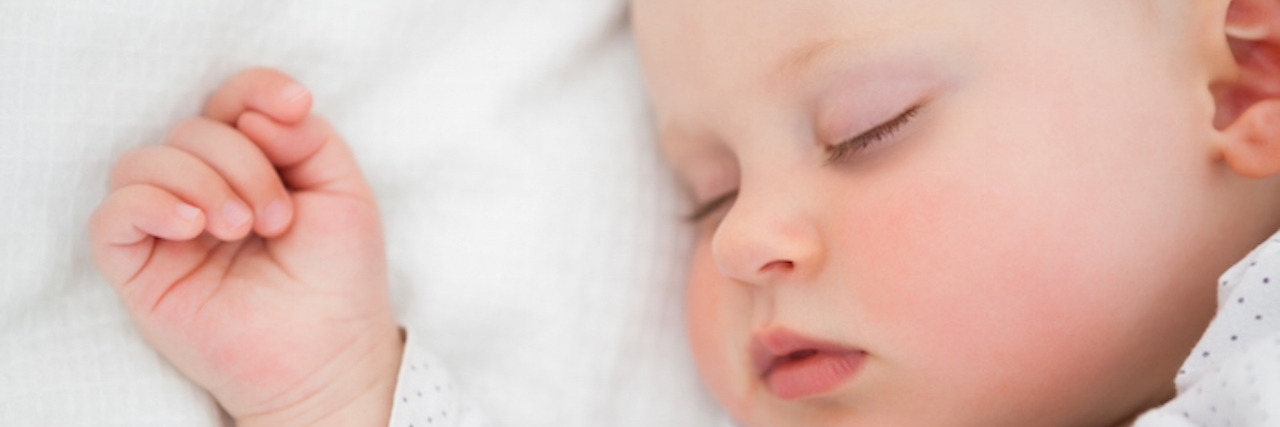A new study, published Dec. 2 in the journal Pediatrics, shows that a safe sleeping environment isn’t the only factor in preventing Sudden Infant Death Syndrome (SIDS).
In the 1990s, a public health campaign was launched to decrease the number of SIDS deaths by encouraging parents to take “safe sleeping” steps such as putting infants on their backs to sleep and removing soft bedding from the crib, Health Day reported.
Since then, SIDS deaths in the United States have dropped dramatically, but the new study suggests that although safe sleeping steps are crucial, there are still other factors at play.
There are three major elements that contribute to a baby’s overall risk of SIDS, Live Science reported.
First, some infants may have a predisposition to SIDS. Researchers have found that there are “intrinsic” factors that make certain babies especially vulnerable to unsafe sleeping conditions, Health Day reported. Babies exposed to smoking, either in the womb or after birth, are at heightened SIDS risk while infants who are breast-fed and those whose mother had consistent prenatal care are at lower SIDS risk.
Second, infants who die of SIDS tend to be in a critical period of development, with those younger than six months being at the greatest risk of SIDS, reported Live Science.
The third element that contributes to the overall risk of SIDS in infants is their sleeping environment, including the position in which they sleep and the type of bedding in the crib.
“The sleep environment is still most important. Those are the factors we can most easily change,” said Dr. Rachel Moon, who co-wrote an editorial published with the study, Health Day reported. “But this study does remind us that there are other influences at work, too.”
The message to new or expecting parents is to get early prenatal care, avoiding tobacco smoke and continue to create a safe sleeping environment for their baby.

